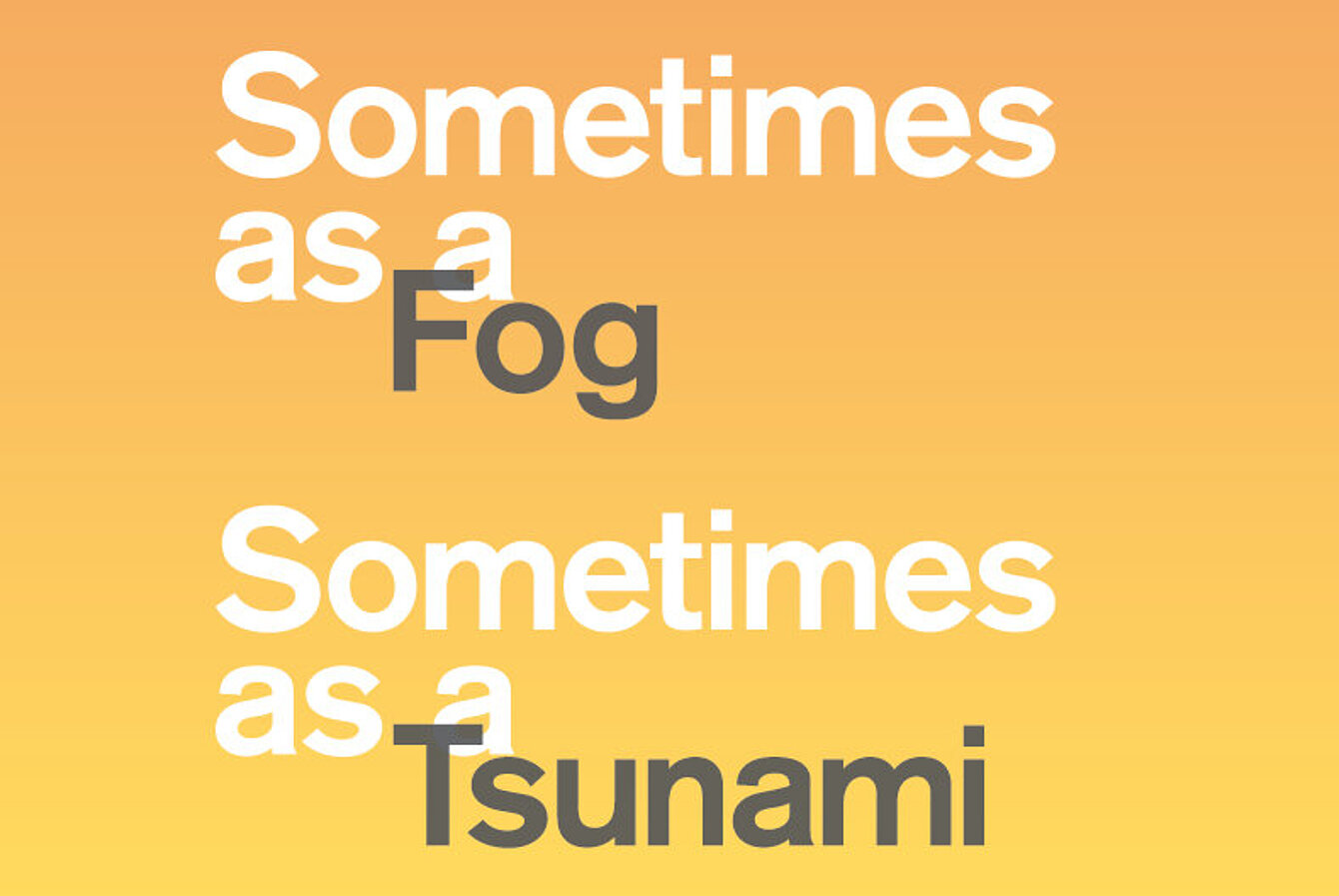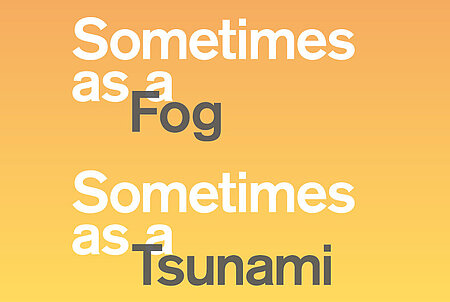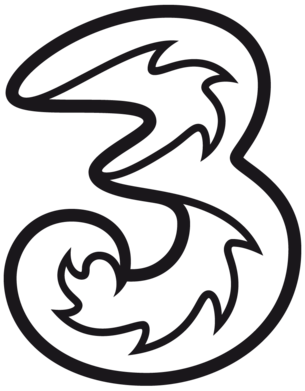In 2017, the Danish artist group SUPERFLEX started its five-year project at Kunsthaus Graz. By choosing to work over a span of five years, SUPERFLEX also refer to the Five-Year Plan principle, which is an instrument that has been used to plan economic activities in countries that support Marxist-Socialist tenets. Five-year plans centralize and fix variables such as investments, prices and wages, while including allocations and specifications for production and services. This framework was used for the realization of projects at the Kunsthaus Graz that deal with capitalist economies.
The cycle started with C.R.E.A.M., the fetish ATM in the heart of the Kunsthaus foyer. In 2018, SUPERFLEX organized Free Shop, in 2019, they implemented Number of Visitors above the main entrance (with Jens Haaning), and in 2020, they installed Lost Money / Handful. These projects have addressed the fetishization of money, the collapse of value, the reversing of monetary transactions, and not least, the economic conditions and criteria cultural institutions are subjected today.
The cycle concludes with a solo exhibition entitled Sometimes As A Fog, Sometimes As A Tsunami in 2021, focusing on the instability of capitalism inherent in the speculative nature of financial markets and instruments. In and with the show at Kunsthaus Graz, SUPERFLEX examine the dissolving factor of capitalist-oriented action on society. In this context, capitalism appears as a fluid force that seeps into every crack and corner of the world – ‘sometimes as a fog, sometimes as a tsunami’ as the title says. The exhibition brings together a series of works that speak of the dissolution of values, social structures, and temporalities, and offers a spatial-visual setting that visitors can physically enter. Furthermore it forms a hinge between a series of works critical of capitalism, with which SUPERFLEX became known, and those of the more recent past, which expand notions of community insofar as the inclusion of plants and animals is intended to open to a new form of coexistence between species.
SUPERFLEX
Sometimes As A Fog, Sometimes As A Tsunami


Image Credits
Duration
26.11.2021 - 13.03.2022
Location
Kunsthaus Graz, Space01
Curators
Barbara Steiner
Show all
About the
Exhibition
The exhibition of the Danish artist group SUPERFLEX shows a selection of new as well as already existing works. The focus is on capitalist economics as a dissolving factor of social realities, as a fluid form that seeps into people’s lives, into every crack and corner of our reality – sometimes as a fog, sometimes as a tsunami.
In cooperation with the Bauhaus Dessau Foundation
SUPERFLEX
About SUPERFLEX
SUPERFLEX were founded in 1993 by Jakob Fenger (* 1968), Bjørnstjerne Christiansen (* 1969), and Rasmus Rosengren Nielsen (* 1969). Conceived as an expanded collective, SUPERFLEX have consistently worked with a wide variety of collaborators, from gardeners to engineers to audience members. Engaging with alternative models for the creation of social and economic organisation, works have taken the form of energy systems, beverages, sculptures, copies, hypnosis sessions, infrastructure, paintings, plant nurseries, contracts, and public spaces. Working in and outside the physical location of the exhibition space, SUPERFLEX have been engaged in major public space projects since their award-winning Superkilen opened in 2011. These projects often involve participation, involving the input of local communities, specialists, and children. Taking the idea of collaboration even further, recent works have involved soliciting the participation of other species. SUPERFLEX have been developing a new kind of urbanism that includes the perspectives of plants and animals, aiming to move society towards interspecies living. For SUPERFLEX, the best idea might come from a fish.
Sometimes As A Fog, Sometimes As A Tsunami is accompanied by a publication that reflects SUPERFLEX's interest in value systems. In many of their works, they shift valuations and promote alternative value hierarchies. Recipients, in this case the buyers of the book, are involved in this process of value and value generation: they can decide between different prices introducing to various sets of valuation. In terms of content, the book designed by Rasmus Koch Studio provides insight into Sometimes As A Fog, Sometimes As A Tsunami and places the works on display in a larger discursive context.




















